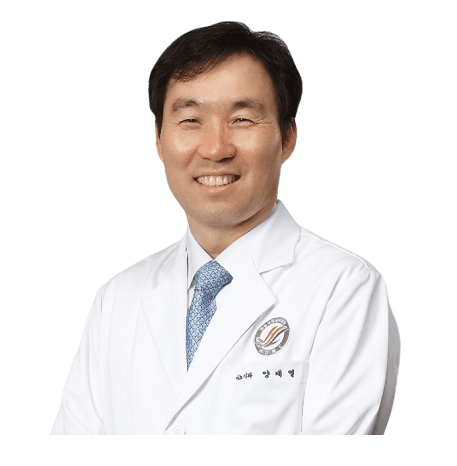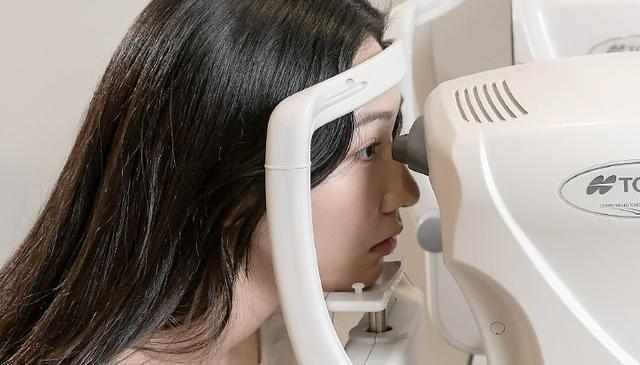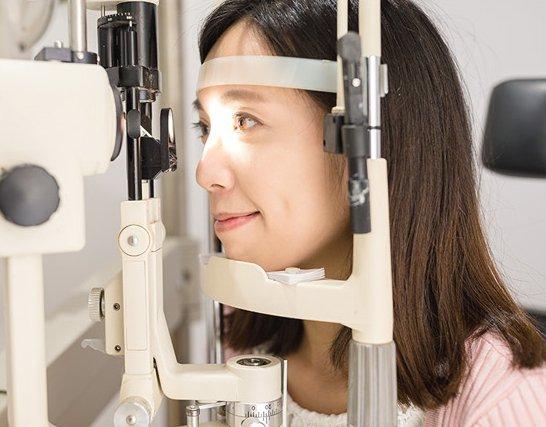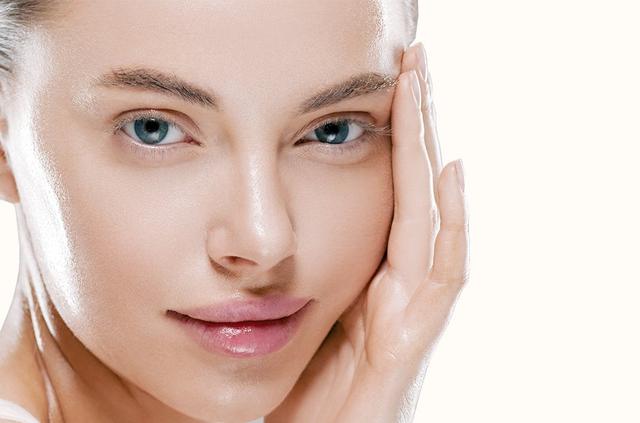Dry Eye Treatment
Description
Dry eye treatment typically begins with a comprehensive eye examination conducted by an ophthalmologist or optometrist. During this examination, the eye care specialist will assess the patient's symptoms, review their medical history, and perform various diagnostic tests to determine the underlying cause and severity of the dry eye condition. Common tests include the Schirmer test, which measures tear production by placing a small strip of paper under the lower eyelid, and the tear breakup time test (TBUT), which evaluates the stability of the tear film by administering a fluorescent dye to the eye and then inspecting it with a slit lamp microscope. Based on the findings, the specialist will devise an individualized treatment plan tailored to the needs of the patient. The treatment plan for dry eye may involve a combination of different strategies aimed at improving tear production, reducing tear evaporation, and addressing any underlying conditions. For mild cases, the use of over-the-counter artificial tears or lubricating eye drops may provide sufficient relief. In more severe cases, prescription medications such as cyclosporine (Restasis) or lifitegrast (Xiidra) may be recommended to increase tear production and reduce inflammation. Other possible treatments include punctal plugs, which are tiny devices inserted into the tear ducts to block drainage and maintain eye moisture, and eyelid hygiene regimens to address conditions like blepharitis that can contribute to dry eye symptoms. Additionally, lifestyle modifications such as increasing humidity levels in the home, taking breaks during prolonged screen time, and ensuring adequate hydration may also be suggested to help manage the condition effectively.
Ailments treated by this procedure: Chronic Dry Eyes and Dry Eye Syndrome
Search
Categories
Related Posts
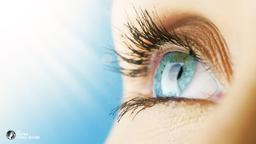
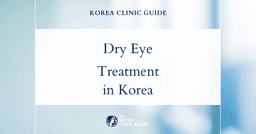


Top Dry Eye Treatment Clinics
BGN Eye Clinic Jamsil
Jamsil Station
Free consultation from the clinic
BGN Eye Clinic Jamsil is a premier eye care center providing cutting-edge solutions for vision correction, including SMILE, LASIK, LASEK, ICL, and cataract surgeries. Vision Correction Procedures SMILE (Small Incision Lenticule Extraction): Minimally invasive procedure for correcting myopia and astigmatism. LASIK (Laser-Assisted In Situ Keratomileusis): Uses a laser to reshape the cornea to correct vision issues like myopia, hyperopia, and astigmatism. LASEK (Laser-Assisted Sub-Epithelial Keratectomy): Similar to LASIK but suitable for patients with thinner corneas. SMILE PRO: Advanced version of SMILE with more precision and faster recovery. Implantable Collamer Lens (ICL) ICL: Implantable lens placed in front of the natural lens to correct high degrees of myopia and astigmatism, especially suitable for those with thin corneas. Cataract and Presbyopia Surgery Cataract Surgery with Monofocal Intraocular Lenses: Removes cataracts and typically restores distance vision with single-focus lenses. Presbyopia Surgery with Multifocal Intraocular Lenses: Eliminates cataracts and corrects presbyopia, providing multiple focal points for better near and distance vision. General Procedures Pre- and Post-Surgery Instructions: Detailed guidelines provided to ensure safety and effectiveness before and after surgeries. These procedures are designed to address various vision impairments, offering patients a range of options tailored to their specific needs.
learn more
Gangnam St. Mary's One Eye Center
Sinnonhyeon, Nonhyeon, Gangnam Station
Free consultation from the clinic
Gangnam St. Mary's One Eye Center procedures offered: Vision Correction Procedures: LASIK: This laser procedure reshapes the cornea to correct vision issues such as myopia, hyperopia, and astigmatism. It is known for quick recovery and minimal discomfort. LASEK: Similar to LASIK, this procedure involves reshaping the cornea but with a different approach to the corneal flap, making it suitable for patients with thin corneas. Recovery may take slightly longer than LASIK. Smile LASIK: This minimally invasive procedure uses a laser to create a small incision in the cornea to correct vision issues. It offers a faster recovery and less discomfort compared to traditional LASIK. ICL (Implantable Collamer Lens) Surgery: A lens is surgically inserted into the eye to correct vision, suitable for patients who may not be ideal candidates for LASIK or LASEK. This procedure is reversible and offers excellent quality of vision. Presbyopia/Cataract Procedures: Presbyopia Correction: This procedure aims to restore near vision that typically decreases due to age-related changes in the eye's lens. Various surgical options, including multifocal lenses, can be employed to correct presbyopia. Cataract Surgery: The cloudy lens caused by cataracts is removed and replaced with a clear artificial lens. This procedure significantly improves vision and can reduce reliance on glasses or contact lenses. Multifocal Intraocular Lens Implantation: During cataract surgery, a multifocal lens is implanted to correct vision across various distances, reducing the need for glasses. This lens type allows for clear vision at near, intermediate, and far distances. Pediatric Vision Procedures: Myopia Control with Dream Lenses: Orthokeratology lenses are worn overnight to reshape the cornea temporarily, controlling the progression of myopia in children. This non-surgical option helps reduce the development of high myopia. Myopia Control with MyoGuard: This treatment plan involves using specialized lenses or eye drops to slow down the progression of myopia in children. Regular monitoring and adjustments ensure the effectiveness of the treatment. Corneal Transplantation Procedures: Corneal Transplant: Also known as keratoplasty, this procedure replaces a damaged or diseased cornea with healthy donor tissue. It restores vision and can correct corneal conditions like keratoconus and corneal scarring. Dry Eye Care Procedures: Comprehensive Dry Eye Treatment Program: This program includes various diagnostic tests and treatments to manage dry eye syndrome. It may involve eye drops, punctal plugs, or advanced therapies like IPL (Intense Pulsed Light) treatment. Specialized Lens Procedures: Scleral Lenses: These large-diameter lenses rest on the sclera and provide excellent comfort and vision for patients with irregular corneas or severe dry eyes. They are custom-fitted to each patient’s eye surface. Keratoconus Lenses: These specialized lenses are designed to fit the irregular shape of a keratoconic cornea, providing clearer vision and improved comfort over standard contact lenses. Glaucoma and Retinal Disease Treatments: Glaucoma Management: A range of treatments, including medications, laser therapy, and surgical interventions, are available to manage intraocular pressure and prevent vision loss from glaucoma. Retinal Disease Treatment: Advanced diagnostic and treatment options, such as laser therapy, intravitreal injections, and surgery, are used to manage conditions like diabetic retinopathy and macular degeneration.
learn more
Eye Plus Eye Clinic
Gangnam, Sinnonhyeon Station
Free consultation from the clinic
Eye Plus Eye Clinic, located in Gangnam Station, offers a range of specialized eye care services tailored to enhance your vision with high satisfaction rates and advanced medical technologies. Vision Correction Center Super SMILE LASIK: This minimally invasive procedure corrects refractive errors to achieve clearer vision. It boasts a 99% rate of achieving 1.0 vision or better based on recent statistics. Super LASEK: A surface ablation procedure that reshapes the cornea to correct vision, providing a safer option for those with thin corneas. It requires a longer recovery time compared to LASIK but offers excellent results. Super LASIK: This advanced LASIK surgery provides quicker recovery and reduced discomfort compared to traditional LASIK procedures. It is ideal for those seeking fast visual recovery and enhanced precision. Implantable Collamer Lens (ICL): This procedure involves the insertion of a lens implant in front of the natural lens to correct myopia, hyperopia, and astigmatism. It is a great alternative for individuals who are not candidates for LASIK due to high prescriptions or thin corneas. Corneal Cross-Linking (CXL): This treatment strengthens a weakened cornea by increasing collagen cross-links within the corneal tissue. It is often used to halt the progression of keratoconus and other corneal disorders. Revision Surgery Center Revision Surgery: For patients who need correction after initial refractive surgery, specialized treatments are provided to enhance or fully restore vision. It involves a thorough evaluation to determine the best appropriate revision technique. Presbyopia Correction Center Presbyopia & Cataract Surgery: This center offers comprehensive treatments for presbyopia and cataracts, aiming to restore vision clarity and reduce dependency on reading glasses. Surgical options include advanced lens implant techniques and laser-assisted procedures. Multifocal Intraocular Lens (IOL) Implantation: This procedure involves implanting multifocal lenses to replace the eye's natural lens, providing a solution for both presbyopia and cataracts. It allows for clear vision at multiple distances. Presby-LASIK: A laser correction option designed to treat presbyopia by reshaping the cornea to improve near vision while maintaining distance vision. It is suitable for older patients who want to reduce reliance on reading glasses. General Treatment Center Glaucoma: Specialized care and treatments are provided for managing and controlling glaucoma to prevent vision loss. This includes medical, laser, and surgical options tailored to the patient's condition. Retinal Diseases: Comprehensive care for various retinal conditions such as macular degeneration, diabetic retinopathy, and retinal detachment. Advanced diagnostic tools and treatment protocols are used to ensure optimal outcomes. Dry Eye Syndrome: A variety of treatments are available to alleviate symptoms of dry eye, including medication, lifestyle adjustments, and advanced therapies such as LipiFlow. This aims to increase tear production and improve the quality of tears. The clinic ensures that each patient receives personalized care supervised by experienced medical professionals.
learn more
Healing Eye Clinic
Sinnonhyeon, Nonhyeon Station
Free consultation from the clinic
Healing Ophthalmology Clinic in Sinnonhyeon Station offers a range of state-of-the-art procedures to correct and enhance vision. Vision Correction Procedures LASIK Surgery: A popular refractive surgery to correct vision by reshaping the cornea using a laser. This procedure helps treat nearsightedness, farsightedness, and astigmatism. LASEK Surgery: Similar to LASIK, this procedure also reshapes the cornea to correct vision. LASEK is preferred for patients with thin corneas as it involves creating a thinner flap. SMILE Surgery: A minimally invasive procedure that uses a laser to create a disc-shaped piece of tissue within the cornea, which is then removed through a small incision. This procedure is for correcting myopia and mild astigmatism. Lens Implant Procedures ICL (Implantable Collamer Lens): This procedure involves implanting a Collamer lens inside the eye for those who are not suitable candidates for LASIK. It’s used to correct moderate to severe nearsightedness. Multifocal Lens Implants: Designed to correct presbyopia and provide a full range of vision from near to far distances. This procedure can reduce or eliminate the need for reading glasses or bifocals post-surgery. Cataract Surgery Premium Cataract Surgery: Uses advanced technology such as ZEISS SUITE & Z8 laser for ultra-precision surgery to remove the cloudy lens and replace it with a clear artificial lens. This procedure restores clear vision and can also correct other vision issues like astigmatism. Other Specialized Procedures Corneal Transplant: A surgical procedure to replace a damaged or diseased cornea with a healthy one from a donor. This is used to restore vision in patients with corneal disorders or injuries. With highly experienced medical professionals and the latest university hospital-level equipment, the Healing Ophthalmology Clinic ensures the best possible care and results.
learn more
Gangnam Blue Eye Clinic
Gangnam, Sinnonhyeon, Yeoksam Station
Free consultation from the clinic
Gangnam Blue Eye Clinic: Located in Gangnam Station, we offer patient-centered, expert eye care services to help you see a brighter, clearer world. Our experienced specialists use advanced techniques to treat various eye conditions. Glaucoma Glaucoma Surgery: This procedure involves techniques to reduce intraocular pressure and prevent further optic nerve damage. It is essential for preserving vision in patients with glaucoma. Presbyopia and Cataracts Laser Cataract Surgery: Utilizes laser technology to remove the cataract-affected lens and replace it with an artificial intraocular lens. This advanced method improves precision and recovery time. Artificial Lens Implantation: Involves replacing the natural lens of the eye with an artificial lens to correct vision issues related to aging, such as presbyopia and cataracts. This procedure helps restore clear vision and reduce the dependence on glasses. Vision Correction LASIK: A laser procedure that reshapes the cornea to correct refractive errors like myopia, hyperopia, and astigmatism. It offers a quick recovery and significant improvement in vision. LASEK: Similar to LASIK, but involves reshaping the cornea's surface rather than its inner layers. Suitable for patients with thinner corneas or higher risk profiles. Implantable Collamer Lens (ICL) Surgery: Involves inserting a biocompatible lens between the iris and natural lens to correct severe myopia, hyperopia, or astigmatism. An alternative for those who are not candidates for LASIK. Orthokeratology (Ortho-K): Uses specially designed contact lenses worn overnight to temporarily reshape the cornea for daytime clear vision. Beneficial for managing progressive myopia in children and adults. Retinal Diseases Age-Related Macular Degeneration (AMD) Treatment: Various treatments aimed at slowing or stopping the progression of AMD to preserve central vision. This may include medications, laser therapy, or injections. Diabetic Retinopathy Treatment: Includes laser treatments, injections, and surgical options to manage and prevent complications from diabetes-induced retinal changes. Early treatment is crucial for maintaining vision. Retinal Detachment Surgery: Urgent surgical intervention to reattach the retina and restore vision. Techniques may include vitrectomy, scleral buckling, or pneumatic retinopexy. Floaters Treatment: Involves techniques to reduce or eliminate visual disruptions caused by floaters in the vitreous humor. Treatment options can vary depending on severity and discomfort. Gangnam Blue Eye Clinic is dedicated to providing comprehensive and personalized eye care, ensuring our patients receive the best possible outcomes.
learn more


